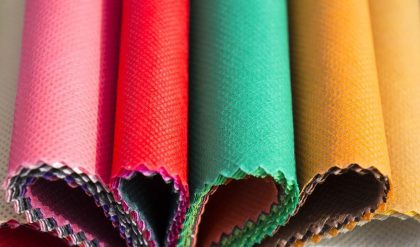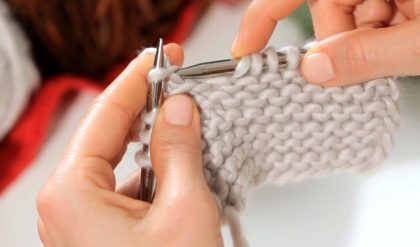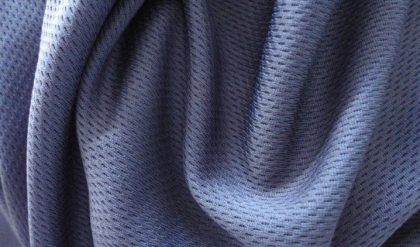The principles of weaving are known very clearly perhaps a long ago as 400BC our ancestors knew how to make baskets and mats by interlacing twigs., reeds, and grasses. Later they learnt how to twist together short fibers, such as wool and cotton, to form yarn and to weave the yarn in to cloth on a loom, primitive looms were built around a convenient horizontal tree-branch, over which the warp threads were tied. The lower ends of the threads were fastened to tie them in position.
Woven fabrics are made from two or more sets of yarns interlaced at right angles to each other the lengthwise yarns are called warp or ends and the crosswise yarns are called weft or filling or picks. Neat firm edges are formed on both sides along the length of the fabric when filling yarn turns at the edges during weaving.
They are commonly referred to a “selvedges”. Weaving is done on a machine called loom. The way filling yarn interlaces with the warp yarns produces designs in woven fabrics. Weaving is the mode of interlacement of filling with warp. All woven fabrics are based on three types of weaves which are termed as basic weaves. The three basic weaves are plain, twill and satin. Most of the other weave are variations or combinations of these three weaves.
Parts of the Loom





